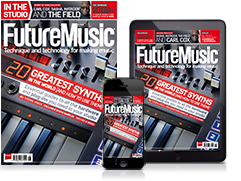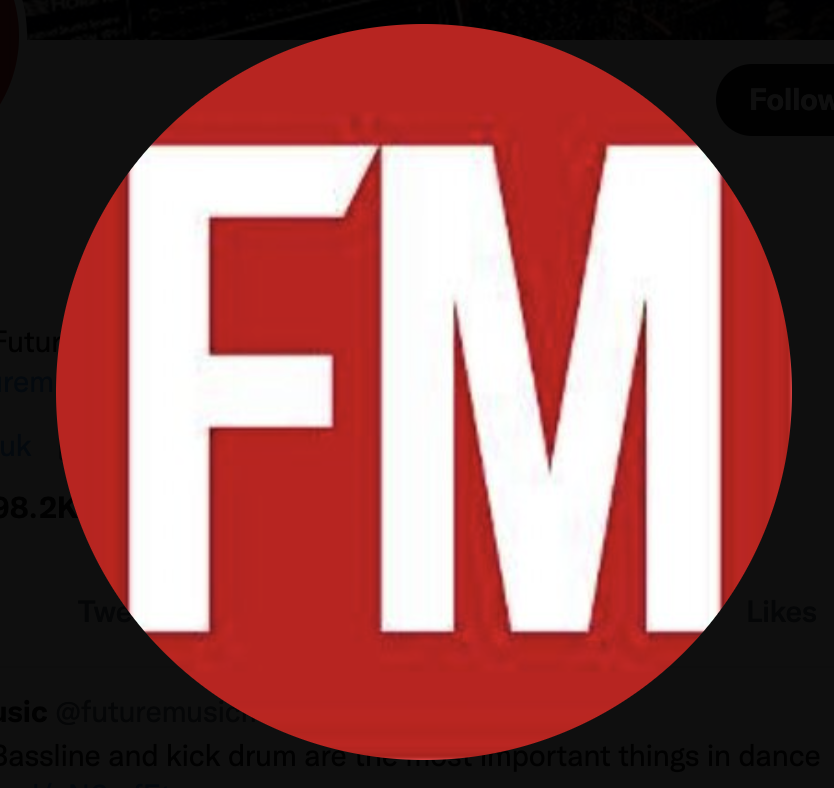In pictures: Tosca's Vienna studio
Richard Dorfmeister and Rupert Huber's seriously cool space
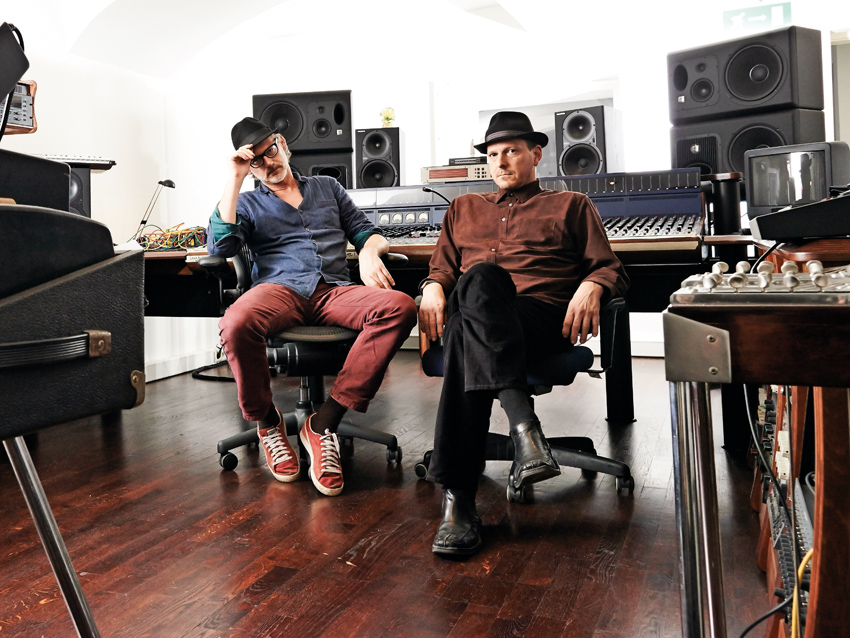
Welcome
Best buddies at school, Richard Dorfmeister (pictured left) and Rupert Huber (right) first came together under the alias Dehli 9, experimenting with rudimentary electronics and tape machines, although nothing was actually released.
Soon after, Dorfmeister embarked on a fruitful partnership with Peter Kruder, in the process creating G-Stone Recordings, while Huber widened his scope with TV soundtrack work on CSI: Miami and Sex and the City.
The partnership was reclaimed in 1994, and Tosca was born. Initial singles Fuck Dub and Chocolate Elvis further informed the leftfield downtempo scene, part-created by Kruder & Dorfmeister’s smoky dub, Acid Jazz aesthetic. Album releases Opera (1997) and Suzuki (2000) were considered generic milestones, yet Tosca have developed an increasingly more expansive sound, particularly on the duo’s latest release, Outta Here.
We tracked the duo down to discuss their gear and working practices. For the full interview, check out Future Music 289, which is on sale now.
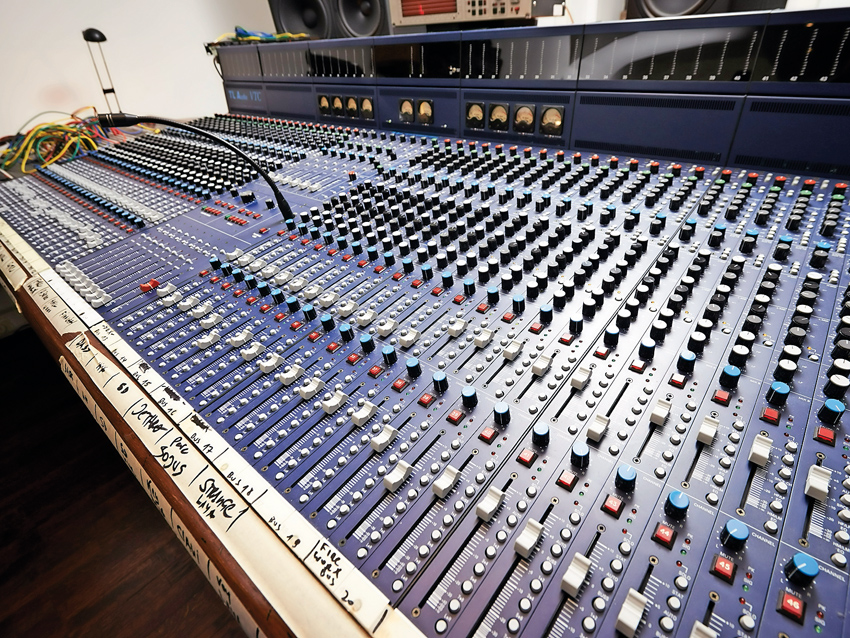
Mixer
Richard: “I’ve tried it all, but mixing tracks with the [48-track] TL Audio mixer just gives you the extra organic dimension that would otherwise sound too technical if you mix inside the box. Of course, it always depends on what kind of gear you have - using Pro Tools or Logic with the right set of plugins might do it, but I love the process of layering out the individual tracks.
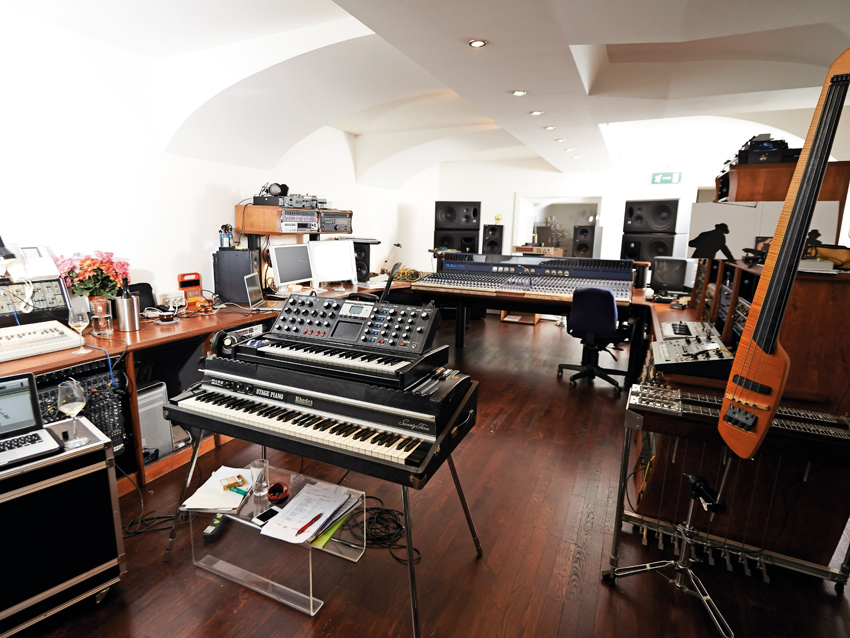
The space
Richard: “Around 2002, I started to build a proper studio in my basement. Before that, all the productions were actually done in my apartment, which was already filled up with gear and records.
“I believe it takes a while before you get used to a certain room, the way it sounds and the way the speakers are harmonising. The more time you spend producing there, the better you know the dynamics. All the Tosca albums from 2004 onwards were produced in the current studio - and we still feel very comfortable there.”
Rupert: “I know artists who travel all the time; all they work with is their laptop and their ears. That’s fair enough, but for Tosca we wanted to concentrate all our powers in one place, so we don’t have to worry about unknown loudspeakers, missing gear or overbooked flights and hotels. We know the space, it’s waiting for us and we know how it sounds. This plug-and-play situation is really ideal for us.”
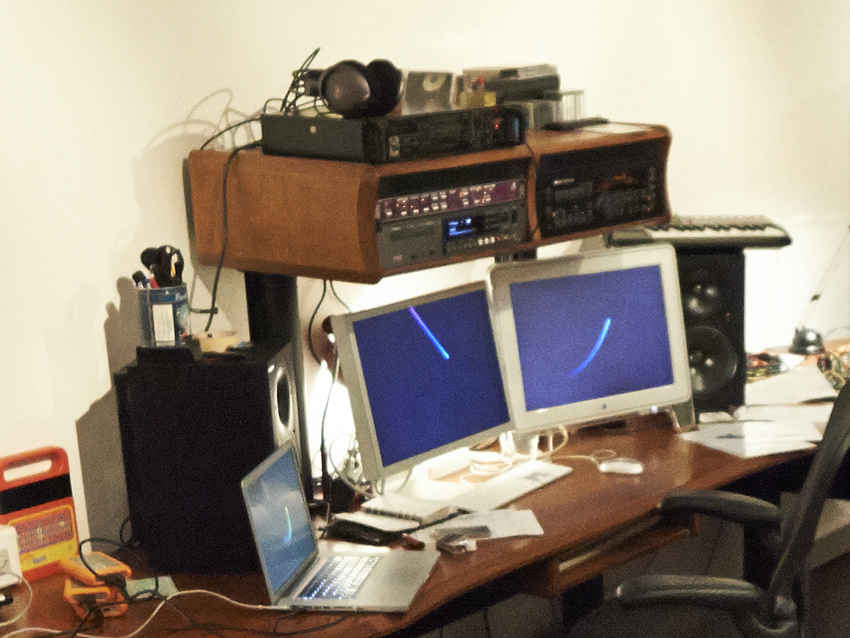
DAWs
Richard: “The initial program we used was Cubase, which was great on the Atari. We even stuck with it when things changed to Mac-based HD recording.
“The post-Atari Cubase was a pain in the arse; we loved the change to Ableton Live and should have done that much earlier. I am using Macs and have been running Ableton Live for some years now. I can recommend this for creating stuff in an organic and modern way, as it has a healthy support site and they are constantly offering new and inspiring instruments and plugins, especially in combination with Max for Live.
“We went through all the changes during the past 20 years and, due to improved processing power, it’s finally become possible to produce something just on your laptop. Ableton Live is the most innovative tool in terms of DAWs; I love the architecture of the program! Sometimes I say to Rupert that we probably lost at least three years of our life trying to fix things on Cubase on the Mac.”
Rupert: “Pro Tools has got so much better over the years; the sound is still the best in the business for me. I feel comfortable with it and know all the little tricks. Sometimes I can still crash the computer by being too fast with the program commands.”
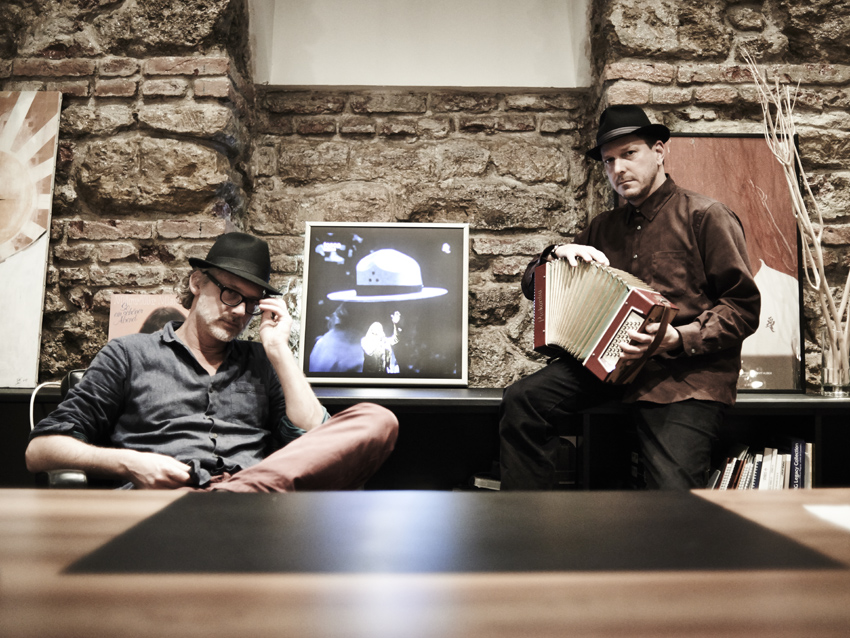
Plugins
Richard: “I love the ARP 2600 plugin by Arturia, and Native Instruments’ Guitar Rig is very helpful, as is FM8. I can highly recommend the Soundtoys plug-ins, especially the delays.
“For noise cancellation, the Waves X-Hum and X-Noise are pretty good, as long as you use them with feel. Also, the Relab simulation of the Lexicon 480 is superb, although for actual compression I prefer to use the trusty analogue outboard, which just seems to sound more organic.
“For all the albums, the sounds we use are newly generated; that way we keep the whole process fresh. I tend to avoid ready-made sound libraries as they can become too random and not tell a story. I believe every sound should have an inner history.”
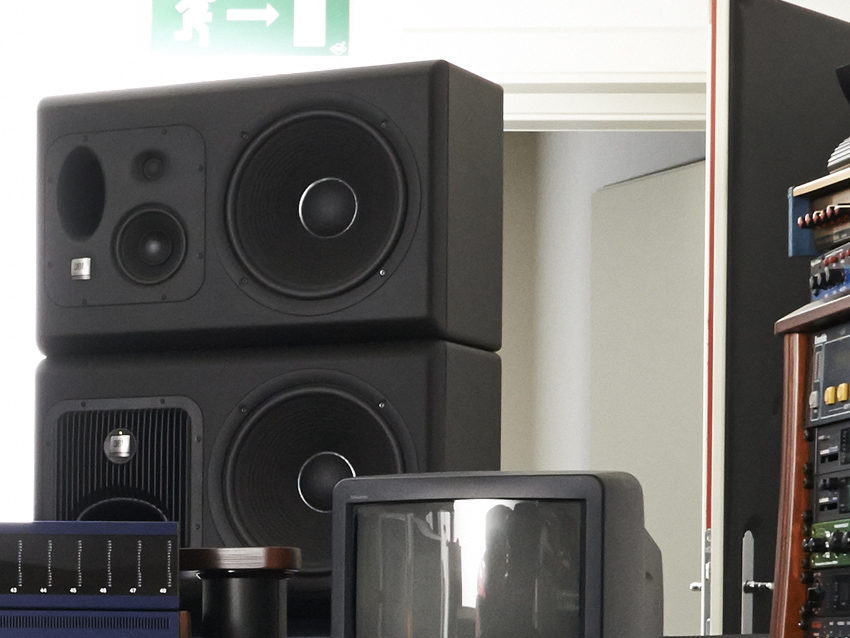
Monitoring
Richard: “Changing monitors too often is not a good idea because it takes a while until you are used to a set of speakers and your ear is able to judge if the sound and the frequencies are right. The use of a frequency analyser is essential anyway; we use the Klark-Teknik DN60.
“We’ve been using a stack of JBL speakers for a big club sound and getting a sense of the sub-bass - but for precise work I prefer to use my AKG headphones, because then you really hear what’s going on!
“I’m still using some old Mackie speakers to compare things and think it’s essential to listen back on all kinds of different speakers if you can. I thought the Mackie speakers would fit the Mackie mixers, so I used HR824s for a while, and had a pair of NS10s as well, but they were really rough and not a pleasure to work with.”
Rupert: “I still love my JBL L65A speakers from the 1980s, which I bought from a heroin addict trying to finance his addiction by selling his studio. I love their sound.”
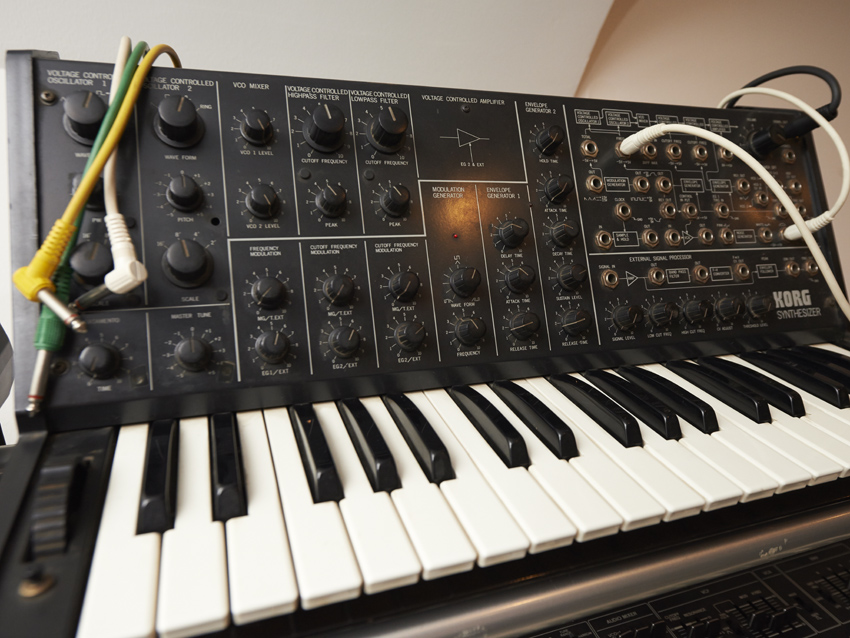
Synths
Richard: “It’s basically the gear I’ve been collecting over the past 20 years. A little selection of the stuff includes the Korg MS-20 (pictured above), which is the most effective monosynth that was ever produced - lovely sound, especially in combination with FX. I have a Moog Prodigy, the classic Yamaha DX7 Mk2 and use both the Moog Voyager and Memorymoog. I love the ARP string machine, as well as the OSCar monosynth and some Roland synths from the ’80s.
“It seems as if these machines have a life of their own - so some days are better than others. If they’re in a good mood you have to capture that moment.
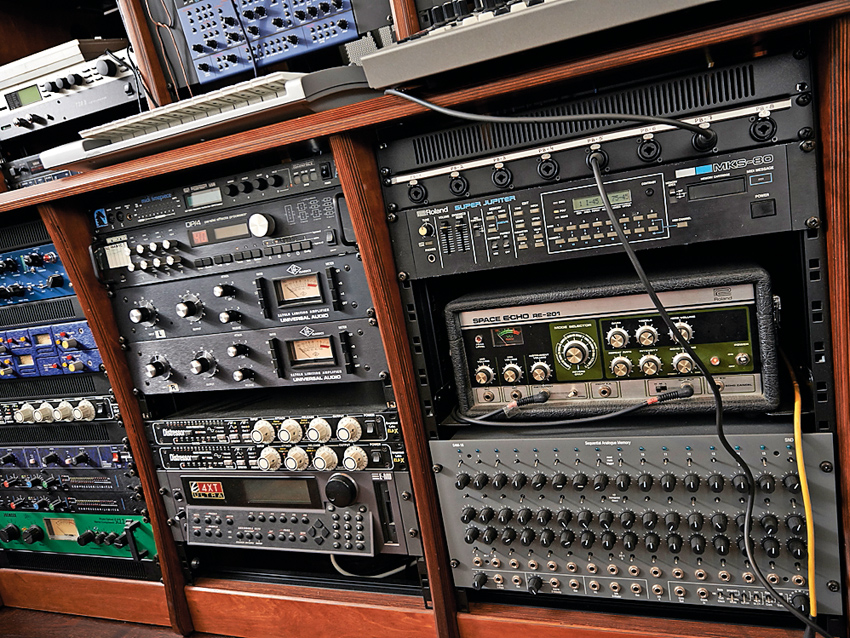
Outboard
Richard: Outboard-wise, my favourites are the wonderful Universal Audio 1176 compressor, and the Focusrite 330s are very good for vocal processing. We use the Distressors and the dbx 160 series, especially for bass compression. Other compressors come in when needed, but these are definitely the most effective ones.”
Future Music is the number one magazine for today's producers. Packed with technique and technology we'll help you make great new music. All-access artist interviews, in-depth gear reviews, essential production tutorials and much more. Every marvellous monthly edition features reliable reviews of the latest and greatest hardware and software technology and techniques, unparalleled advice, in-depth interviews, sensational free samples and so much more to improve the experience and outcome of your music-making.

